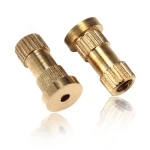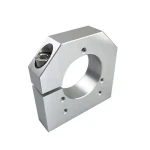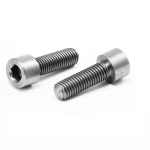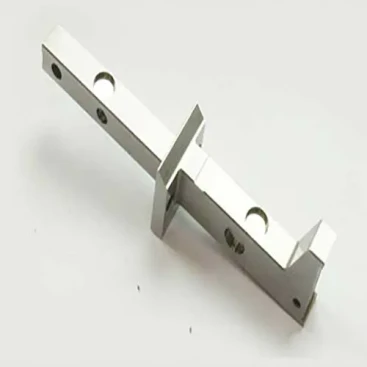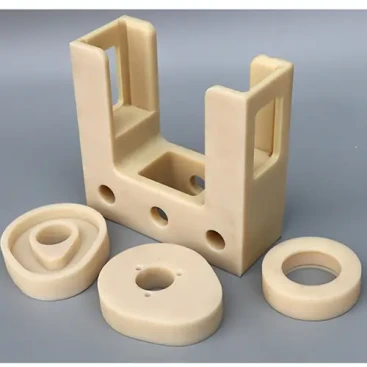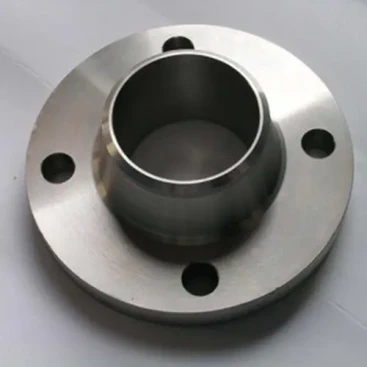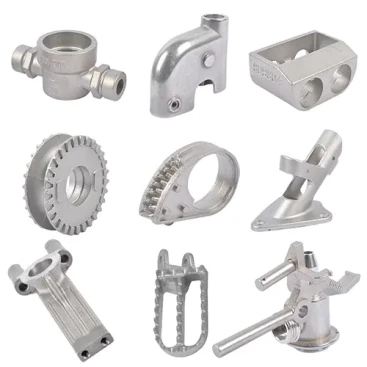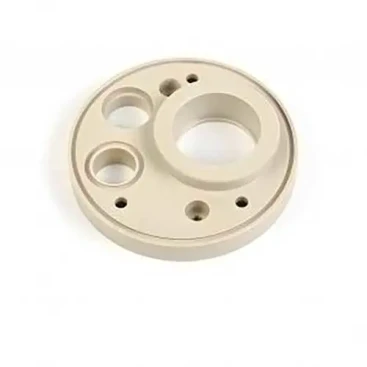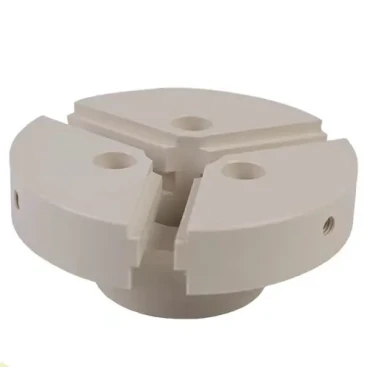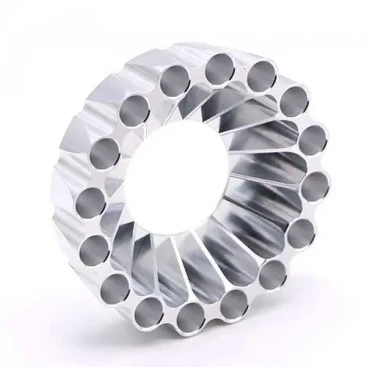التصنيع باستخدام الحاسب الآلي أجزاء الدقة النحاس
اسم العلامة التجارية: Sun-Yee Tech
شهادة: ISO90001,ISO13485
أقل كمية ممكن طلبها: قطعة واحدة
شروط الدفع: خطاب الاعتماد, تي/تي
مكان المنشأ: قوانغدونغ, الصين
سعر: الاقتباس كما هو مطلوب
- وصف
- سؤال
وصف
CNC machining copper parts introduction
منتجات: CNC machining copper parts
خدمة: OEM/ODM
تسامح: ±0.01mm
المعالجة السطحية: Powder coating, hot galvanized, تلوين, polishing, brushing ,chrome/zinc/nickel plating,surface passivation, إلخ
Samples: Accept
مادة: brass
Customize Service: Yes
Package: Carton/ plywood packing
Products certification: ISO9001:2008



Feature
نحاس, has good thermal conductivity, electrical conductivity corrosion resistance and welding properties. Low strength, excellent plasticity, widely used in electrical, thermal conductivity and corrosion-resistant devices. Industrial pure brass grade T1, T2, T3, T4 four, the larger the serial number, the lower the purity. Pure copper is mainly use for both thermal conductivity and corrosion resistance requirements of the structure, such as electrical appliances, electric motors.
Machining process
Copper is a versatile metal with good electrical conductivity. The process of producing CNC brass parts typically involves the following steps:
1. Design: A detailed 3D model of the required copper part is created using CAD (Computer Aided Design) software. This model will serve as the basis for the CNC machining process.
2. Material Selection: Select the right type of copper for the specific application. Brass is widely used for its excellent machinability and desirable properties. 3.
3. CNC Programming: Converts the 3D CAD model into CNC machine instructions. This programming step includes specifying toolpaths, depth of cut, speeds and feeds to accurately machine brass parts.
4. Machine Setup: Prepares the CNC machine for the machining process. This includes installing the proper cutting tools, securing the copper material, and setting the necessary machine parameters.
5. Machining: CNC machines use computer-controlled motion to remove material from brass workpieces according to programmed instructions. This process typically includes milling, drilling and turning operations.
6. Finishing: After the initial machining is completed, other finishing operations may be required to achieve the desired surface finish. This may include processes such as polishing, debur.


